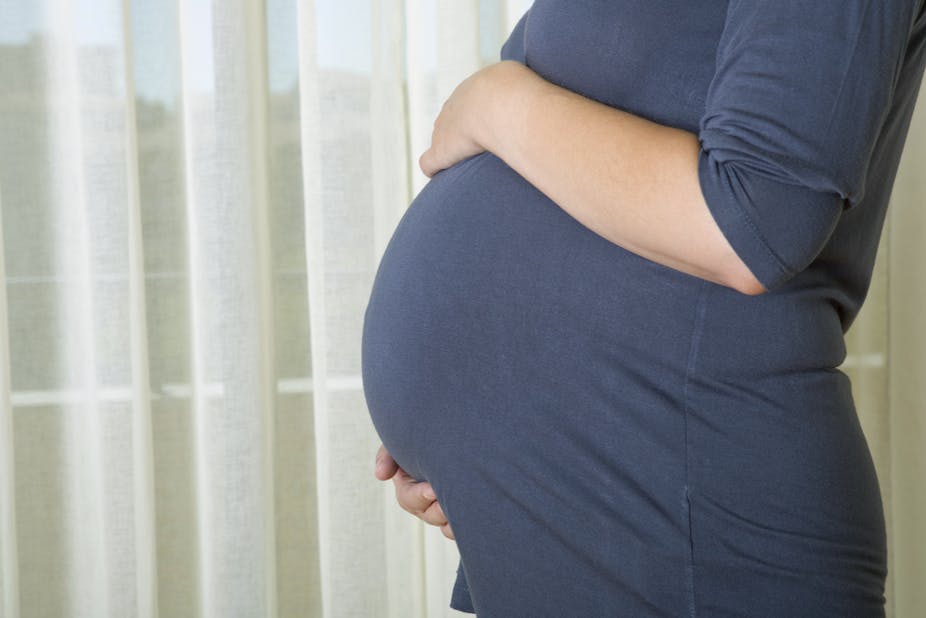The risk of serious complications in childbirth, such as stillbirth, preterm birth, low birth weight, and death within the first 28 days is twice as high for babies conceived by assisted reproductive therapies compared with naturally conceived babies, according to new Australian research.
The study, published today in the journal PLOS ONE, found that serious birth complications were more common after procedures using fresh rather than frozen embryos, as the freezing process eliminated compromised embryos.
Researchers from the University of Adelaide examined the outcomes of more than 300,000 births in South Australia over the 17 years to 2002, including more than 4300 births from assisted reproduction.
They compared the risks of in-vitro fertilisation (IVF), which treats female fertility, intracytoplasmic sperm injection (ICSI) for male infertility, and ovulation induction, where women take the drug clomiphene citrate to maximise the chance of conception.
The researchers found the risks varied depending on the type of assisted conception. Low birth weight, preterm birth and infant death were more common in IVF than ICSI. Using frozen embryos eliminated these risks after ICSI, but then there was an added risk of a very high birth weight.
Co-author Michael Davies said the study was the first to compare pregnancies in women who were once diagnosed with infertility but who never received intensive treatment.
“Women in this group who eventually conceived without the help of invasive assisted reproduction gave birth to babies who were nine times more likely to have very low birth weight, seven times more likely to be very preterm, and almost seven times more likely to die within the first 28 days of birth,” Professor Davies said.
“This may be due to the underlying medical conditions related to their infertility, or the use of fertility medications or therapies that are not recorded.”
Professor Davies said the next steps for his research was to examine more recent data to determine whether technological improvements were reducing the rates of harm. His team is also investigating the potential over-use of clomiphene citrate, which may cause birth defects.
Associate Professor David Amor, Director the Murdoch Children’s Research Institute’s Victorian Clinical Genetics Services, said the study was well-conducted and had a large sample size, but was limited by an inability to drill down into the data to answer more complex questions.
“In short, this type of study can point to the existence of a problem and give us an idea of the magnitude of the problem, but cannot tell us why the problem is occurring,” he said.
“The main benefit of studies such as this is that they provide knowledge that we hope can be used to improve IVF techniques and decrease the risk of complications in IVF pregnancies.”
But Professor Amor said it was important to remember that the majority of IVF pregnancies produced healthy children.
“Although the relative risk of adverse outcomes in IVF pregnancies is increased, the absolute risk of these outcomes remains low, and should not deter most infertile couples from utilising IVF,” he said.
Karin Hammarberg, Postdoctoral Research Fellow at Jean Hailes Research Unit at Monash University, agreed, adding that while the findings suggested both the infertility and the treatment both contributed to the increased risk of adverse outcomes, it was unlikely to change the management of infertile couples.
Professor of Midwifery at the University of Western Sydney Hannah Dahlen said the study added to existing research linking assisted conception technology with higher risk of birth complications.
“This results from a combination of factors which include the procedure itself, the age of women having the assisted conception and the underlying medical conditions that might be preventing them getting pregnant spontaneously that also impact on pregnancy and birth,” she said.
But the study was limited by not looking at births after 2002, Professor Dahlen said.
“There have been changes in assisted conception techniques since 2002 and so outcomes could be better or worse today. Some of the data sets were quite small and so caution needs to taken with results for rare outcomes like neonatal death.
"Interestingly the authors did not look at the increase in fetal abnormalities, which are known to be higher with assisted conception, and may have also contributed to the higher death rates.
"Most astonishing in this study is there has been no mention of whether the birth is electively induced or whether an elective caesarean section was undertaken and at what gestation this was undertaken.
"We know that women who have fertility treatment are more likely to have a private obstetrician as their care provider and much more likely to be induced early or have an elective caesarean section. This may explain both the higher rates of preterm birth and lower post term births.”

